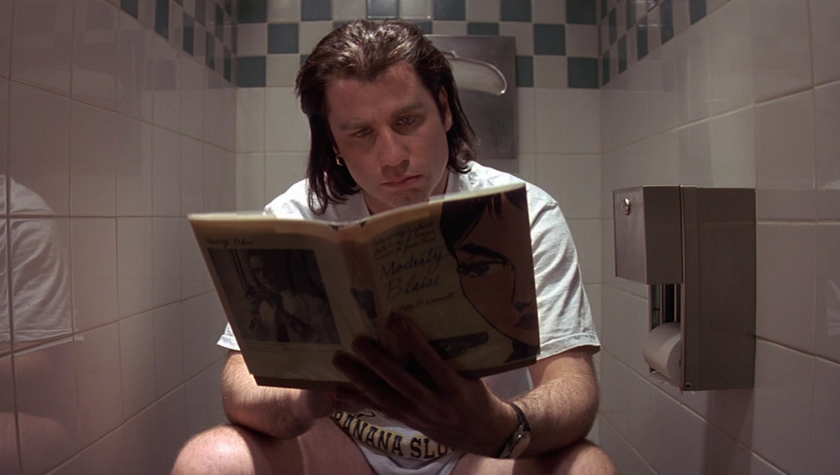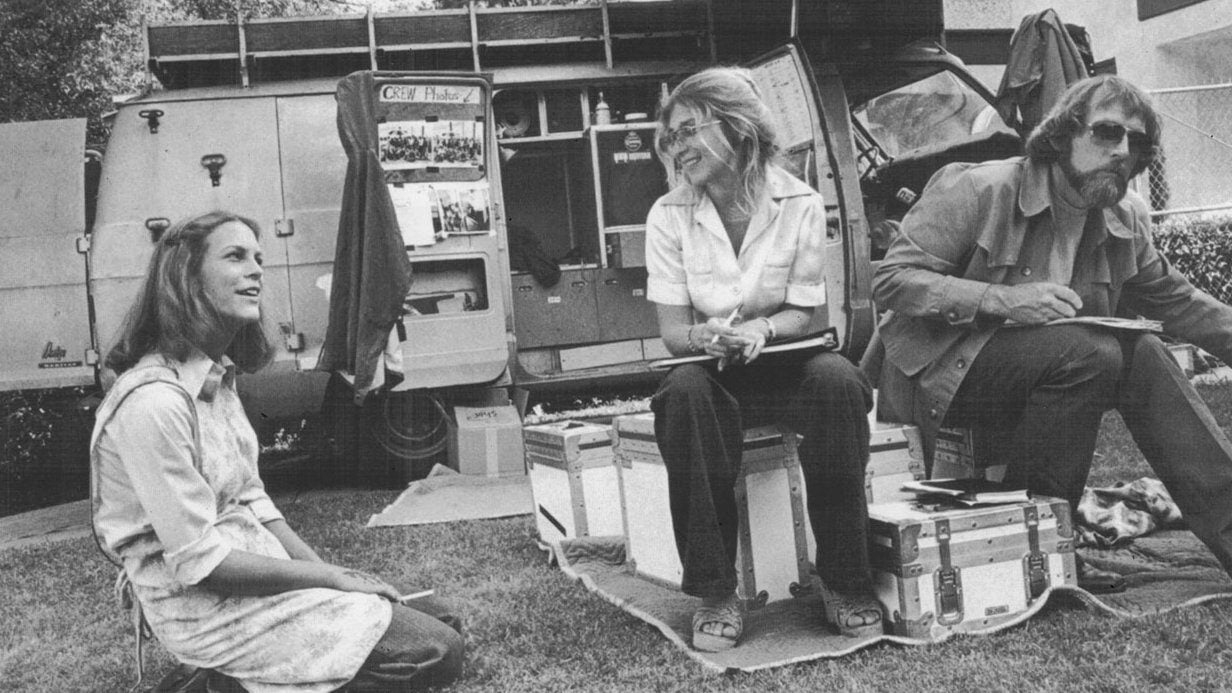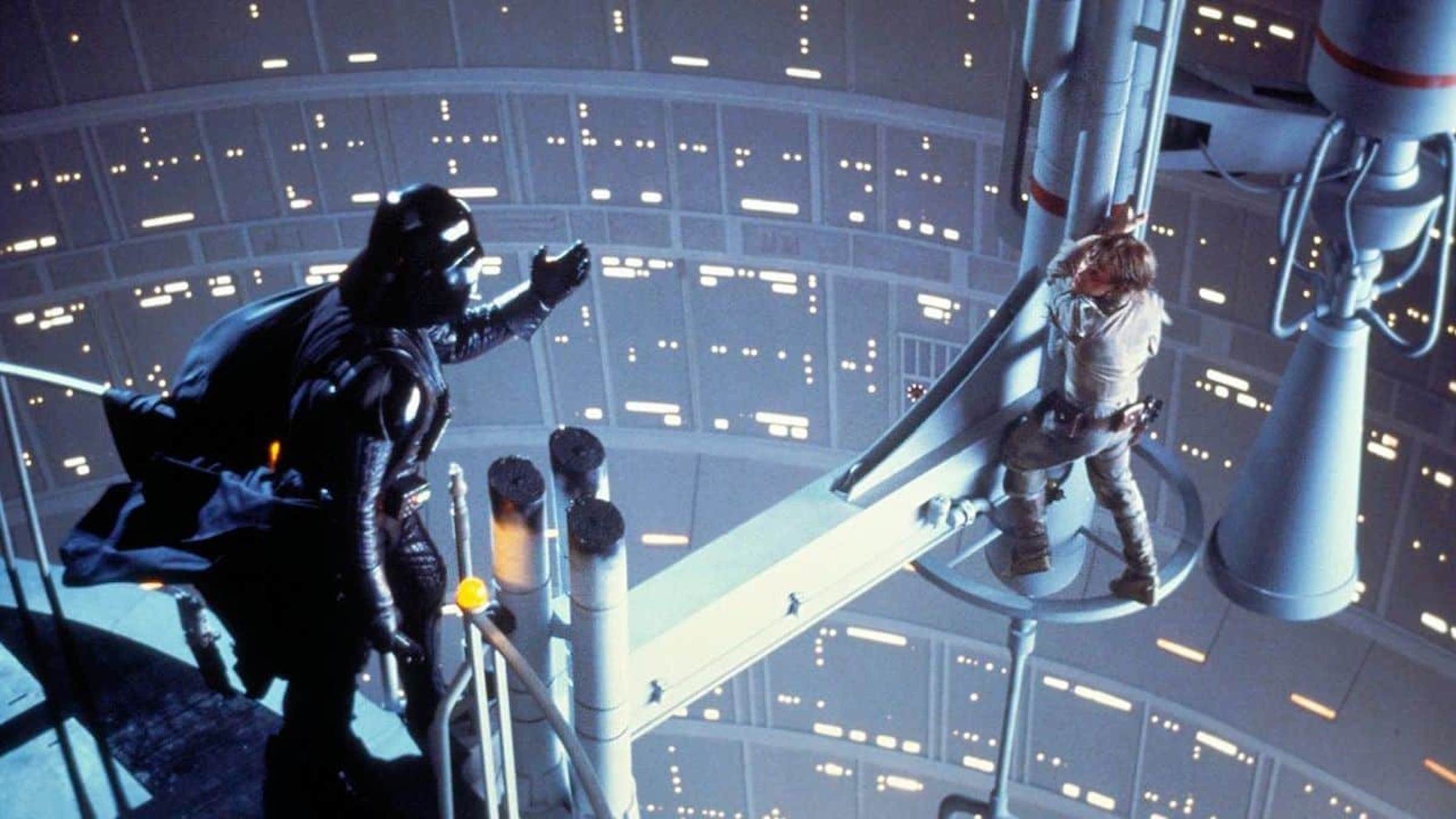Screenwriting Role Models: Dan O'Bannon
April 20, 2017
Many talented people helped to make Alien a landmark film, but screenwriter Dan O’Bannon created the blueprint.
The genesis of the script dates back to the early 1970s. O’Bannon was attending the University of Southern California with future filmmaker, John Carpenter. The two young men, both sharing a love for science fiction and horror, struck up a friendship and together penned the sci-fi comedy Dark Star. In 1974, Carpenter shot the film independently (O’Bannon, in addition to co-writing it, played the character Sgt. Pinback).
Never becoming more than a cult success, Dark Star’s primary significance is being Carpenter’s directorial debut and the initial source for O’Bannon’s Alien concept. In Dark Star, a space crew is confronted by an irksome basketball-shaped alien. O’Bannon, who was also the film’s visual-effects supervisor, knew the alien was absurd … but it was okay: The movie, after all, was a comedy. O’Bannon couldn’t help thinking, however, how cool it would be to make an actual horror film with a realistic-looking alien. He imagined a movie not unlike some of his favorite sci-fi/horror flicks—The Thing from Another World (1951), Forbidden Planet (1956), and Planet of the Vampires (1965). He was also influenced by the writing of H.P. Lovecraft and wanted to create something truly evocative and horrifying.
This got the screenwriter’s mind working …
Learning from his experience with Dark Star, O’Bannon conceived the best way to go about his concept. He decided that the alien, though Lovecraft-ian and monstrous, would be described in such a way that producers would know it had a humanoid shape and thus could be played by a man-in-a-suit. He also decided that most of the film should take place on one spaceship and be a contained thriller (still a smart way to approach a screenplay). O’Bannon wanted the movie to be practical and cost-effective. Most of the budget would go into the first act in which the space crew lands on a hostile world and encounters a derelict spacecraft (similar to the opening of Planet of the Vampires). Somehow the alien would get into their spacecraft and the crew would subsequently be terrorized by it.
So O’Bannon had a compelling concept and a first act, but he needed assistance fleshing out the rest of the story. He enlisted the help of another screenwriter and sci-fi lover, Ronald Shusett, who also needed some help. Shusett had optioned the Philip K. Dick short story, We Can Remember It for You Wholesale, and was likewise struggling with a second and third Act. O’Bannon agreed to help adapt the Philip K. Dick story if Shusett assisted him with his alien story.
During this period, the down-on-his-luck O’Bannon moved in with Shusett and his girlfriend, sleeping on their sofa and spending his days writing. O’Bannon and Shusett co-wrote a script that would one day be the basis for the 1990 film Total Recall. And they hatched out the Alien story. One of Shusett’s biggest contributions was figuring out an engaging way for the alien to get on board the crew’s ship: by attaching itself to a character’s face and “planting its seed.” O’Bannon loved it! With all the beats worked out, he wrote the script and shared the story credit.
Initially titled Star Beast, the two scribes decided to retitle the project Alien before going out with the screenplay. They both liked the simplicity and how the word was both a noun and an adjective. They pitched the script as “Jaws in space” and in addition to a strong concept, vivid description and genuine thrills, the screenplay included illustrations. It was all there: the blueprint for a sci-fi/horror classic. The script immediately sparked interest from Roger Corman’s company, but a friend passed the project along to Brandywine—the production company of established screenwriters Walter Hill and David Giler and with ties to 20th Century Fox.
Hill and Giler saw the potential in the screenplay and promptly acquired it. They did several uncredited rewrites of the script. Many of the revisions—like renaming the characters, giving them a more grounded, working-class edge and the “Ash” android subplot—all found their way into the finished film. They also settled on the gender of the main protagonist, Ripley. In the original draft, the character is named “Roby” and is referred to as a “he,” however, O’Bannon did include the following note: “The crew is unisex and all parts are interchangeable for men or women.” The character of Roby, despite being temporarily presented as a man, is essentially “Ripley” containing her intelligence and acute survival instincts. It was likely that Hill and Giler chose to make the character a female to keep with the “Final Girl” formula that was beginning to be established in horror thanks to films like Black Christmas and The Texas Chainsaw Massacre.
20th Century Fox didn’t put a lot of stock in the Alien script, even after Hill and Giler’s rewrites. Despite O’Bannon giving it a cost-effective framework, the film still required more special effects and money than the studio wanted to invest in it.
That is, until Star Wars was released.
In 1977, Star Wars broke all box-office records and became a phenomenon that persists to this day. Alien just happened to be the only outer space-themed script in development at 20th Century Fox. As such, the project was quickly greenlit. Ridley Scott came on board to direct and struck the perfect balance between O’Bannon’s original draft and Hill and Giler’s rewrite: It included the revised, more working-class characters and android subplot, but reinserted much of the Lovecraft-ian atmosphere from the original draft Hill and Giler had jettisoned. O’Bannon also proved vital to the production by bringing the artwork of H.R. Giger to Ridley Scott’s attention. Giger’s horrific yet sensual renderings, and specifically his painting Necronom IV, helped give form to O’Bannon’s monster. Equally taken by Giger’s work, Scott successfully lobbied for Giger to be part of the film’s visual-effects team. His biomechanical designs of the alien xenophobe and derelict spacecraft helped Giger to earn an Oscar® in 1980 and is a major element of the Alien aesthetic.
Released in 1979, Alien was a critical and commercial hit, successfully merging the sci-fi and horror genres. The film launched a franchise that’s still going strong today. In fact, abandoned elements from O’Bannon’s original draft found their way into 2012’s Prometheus (e.g., the pyramid containing the alien hieroglyphics and mysterious jars). Though the origin of the xenomorph isn’t revealed in O’Bannon’s script, it’s discussed and pondered by the crew. These same questions are explored in Prometheus and this year’s Alien: Covenant.
To think it all started with one screenwriter, dreaming big while sleeping on a friend’s sofa.
Sadly, Dan O’Bannon died in 2009.
But his alien lives on … !
Written by: Edwin Cannistraci
Edwin Cannistraci is a professional screenwriter. His comedy specs PIERRE PIERRE and O’GUNN both sold with more than one A-list actor and director attached. In addition, he’s successfully pitched feature scripts, TV pilots and has landed various assignment jobs for Universal, Warner Bros, Paramount and Disney.- Topics:
- Industry Interviews & Spotlights




